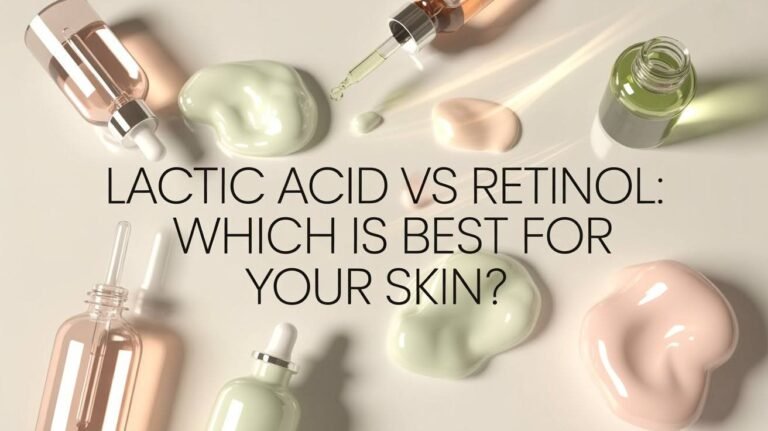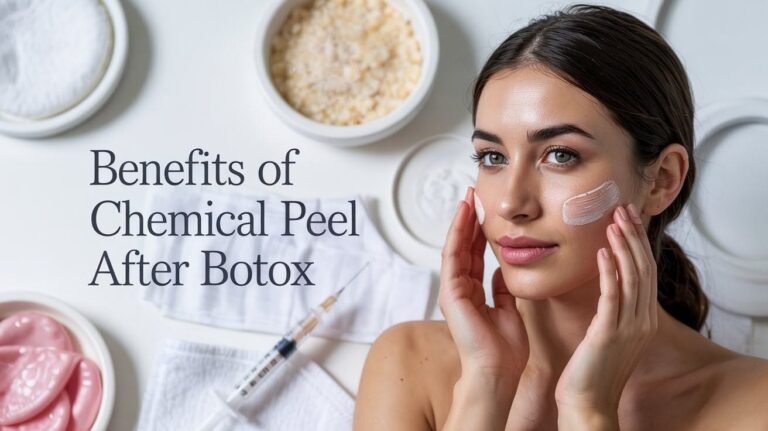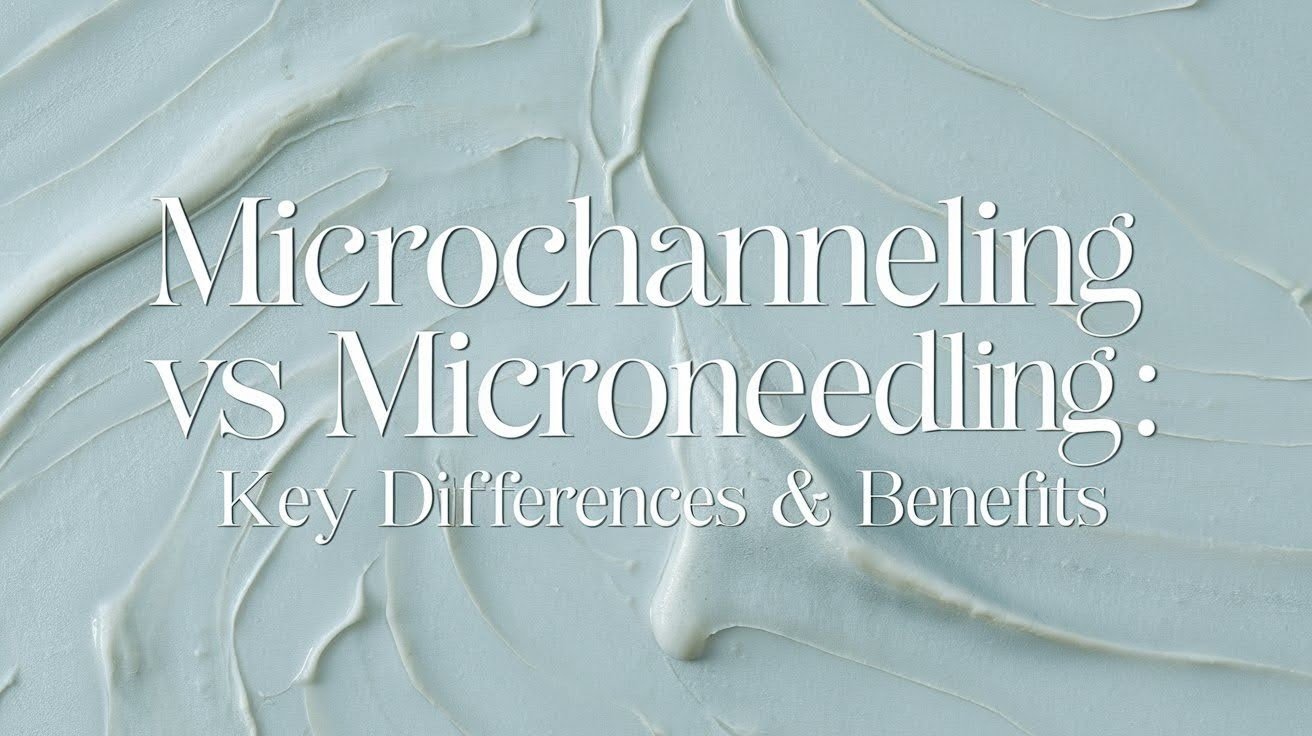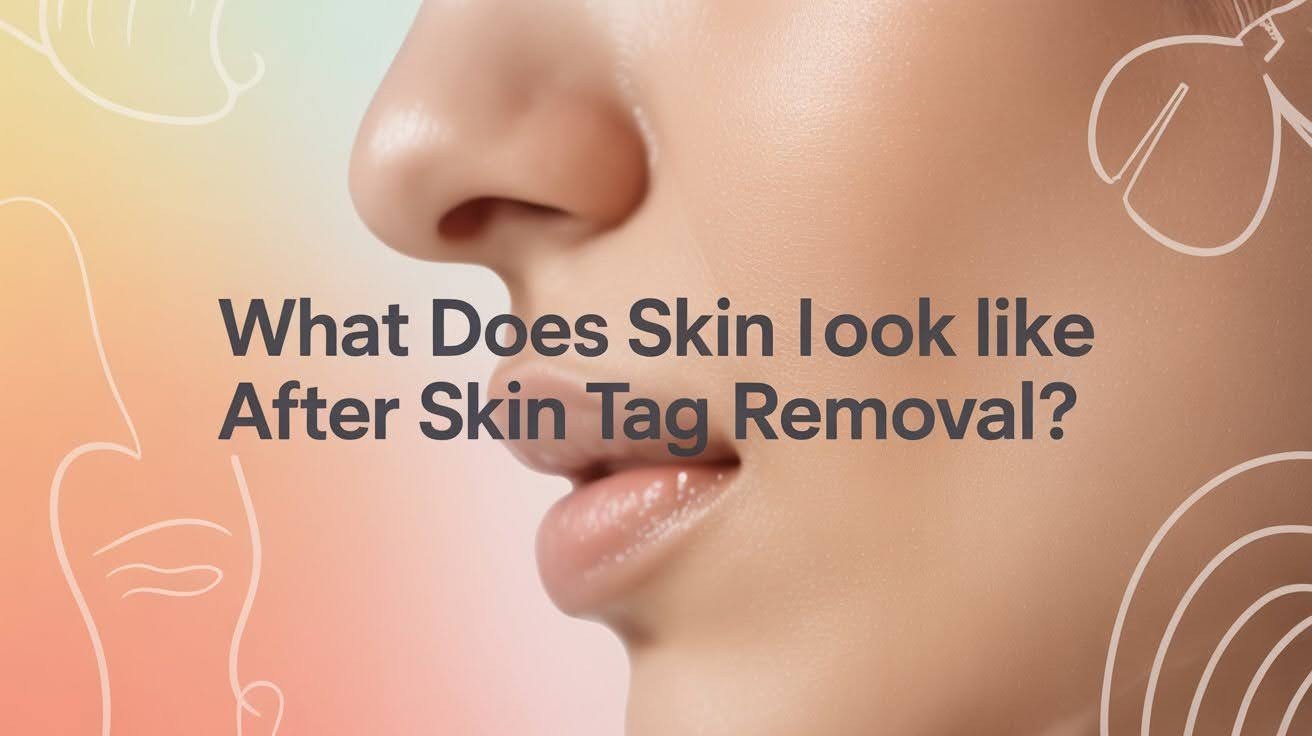How to Get Rid of Tear Troughs?
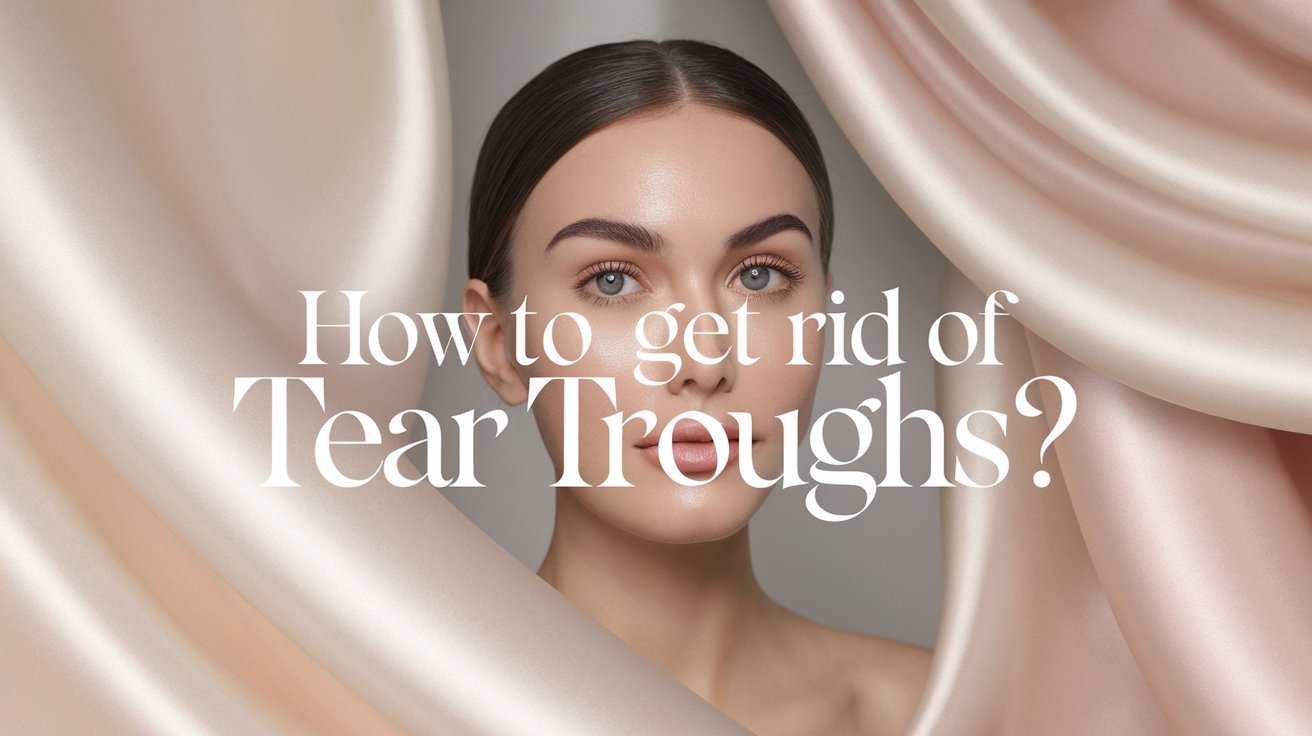
I know the feeling of sleeping well and still feeling tired. Dark circles live under your eyes. This can be very embarrassing. I’ve been there too and I’m here to show you how to get rid of tear troughs through real solutions that work.
I’ll help you understand quick fixes, permanent fixes, fillers, threads, mesotherapy, implants, and blepharoplasty surgery.
I’ve done the research for you, so I can tell you what causes each of these methods, and what’s best for you and your needs.
What Are Tear Troughs?

Tear troughs are the indented areas that run from the inner corner of your eye down toward your cheek. They sit between your lower eyelid and the upper part of your cheek. This natural groove becomes more visible over time and creates a shadow that makes you look worn out.
Aging and collagen loss are the main culprits. As you get older, your skin loses its fullness and support. Genetics play a big role too. Some people develop tear troughs early in life because of their bone structure. Weight loss, stress, poor sleep, and dehydration can make them worse.
Common signs include hollow areas under your eyes, dark circles or shadows that makeup cannot fully cover, and loose skin or fine lines around the trough area.
Non-Surgical Treatments for Tear Troughs
Non-surgical options give you noticeable results without going under the knife. These treatments work well for mild to moderate cases.
Tear Trough Fillers
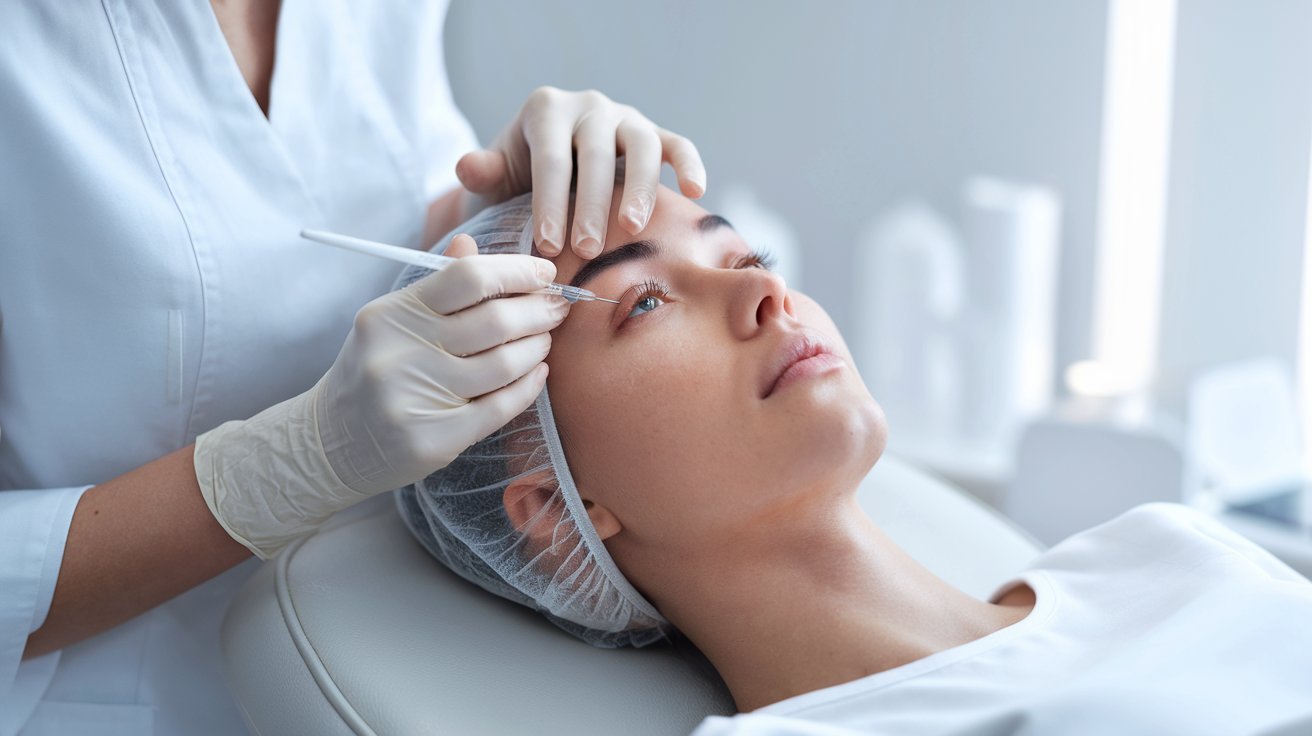
Fillers are the most popular choice for treating tear troughs. They use hyaluronic acid to restore lost volume under your eyes. The substance attracts moisture and plumps up the hollow areas.
The procedure takes about 15 to 30 minutes in a clinic. Your doctor injects small amounts of filler into the trough using a fine needle or cannula. You might feel slight pressure or pinching.
Recovery is minimal. You can return to normal activities right away. Some swelling or bruising may occur but usually fades within a few days.
Benefits include immediate results and no surgery required. The treatment is reversible if you don’t like the outcome.
Limitations mean the results are temporary. Fillers last between 6 to 18 months depending on the product used. You’ll need repeat treatments to maintain the look.
Tear Trough Threads
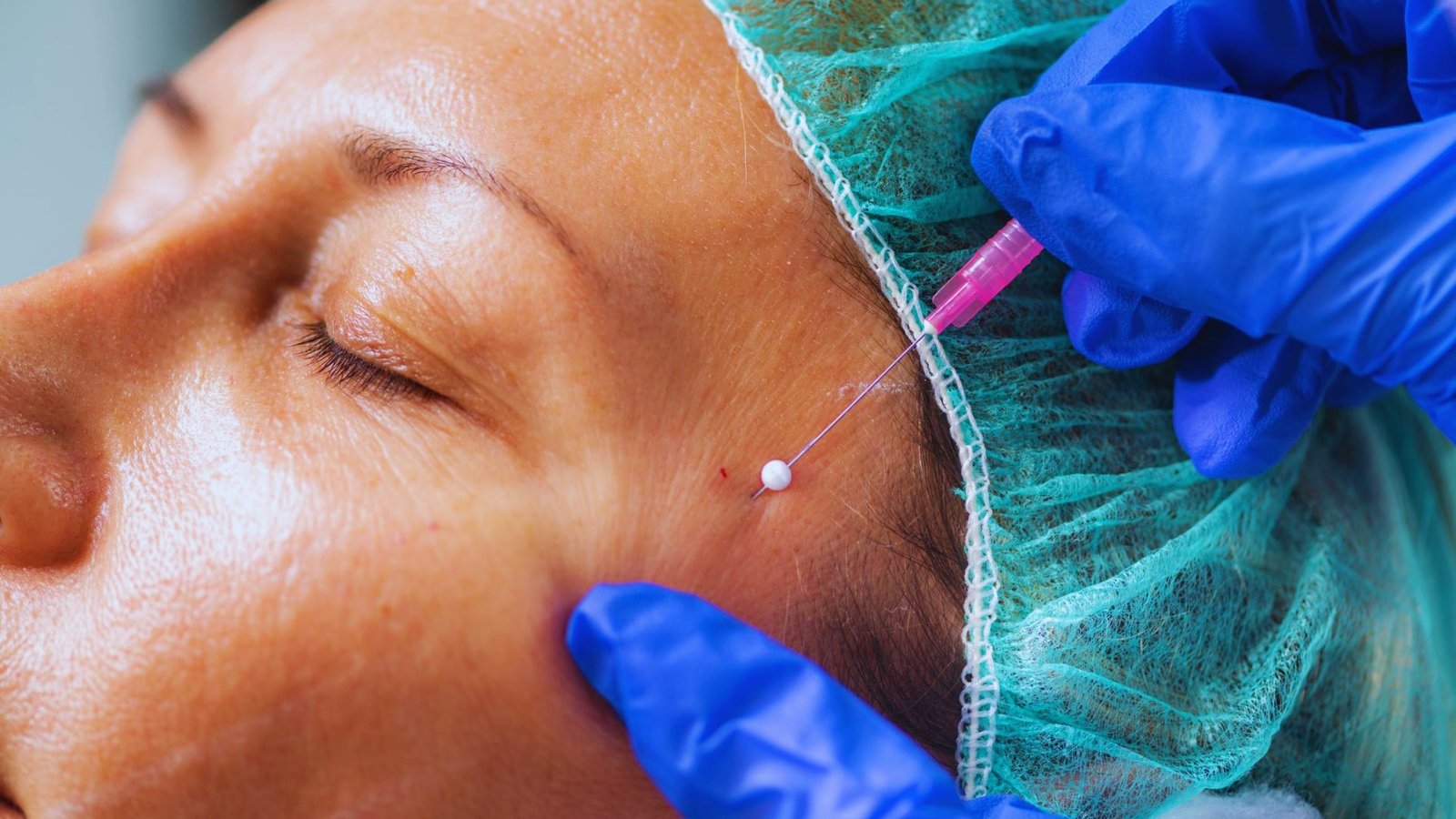
Threads are dissolvable sutures placed under the skin to lift and tighten the area. They stimulate collagen production as they dissolve over time.
This method improves skin tightening and elasticity. It works best for people with mild sagging rather than deep hollows.
Suitable candidates are those with good skin quality who want subtle improvement without adding volume.
Tear Trough Mesotherapy

Mesotherapy involves injecting vitamins, minerals, and amino acids into the skin. These ingredients nourish the tissue and boost collagen production.
The treatment stimulates collagen and skin rejuvenation naturally. Your skin becomes firmer and more hydrated over several sessions.
Ideal for mild hollowness where you need skin quality improvement rather than major volume correction.
Advantages and Disadvantages of Non-Surgical Methods
|
Advantages |
Disadvantages |
|
Immediate or quick visible results |
Temporary effects require ongoing maintenance |
|
Low downtime means you can resume daily life fast |
Repeat treatments add up in cost over time |
|
Less expensive than surgery upfront |
May not address severe tear troughs effectively |
|
Lower risk compared to invasive procedures |
Results vary based on individual response |
Surgical Treatments for Tear Troughs
Surgery offers permanent solutions for people with severe tear troughs or those who want lasting correction.
Tear Trough Implants
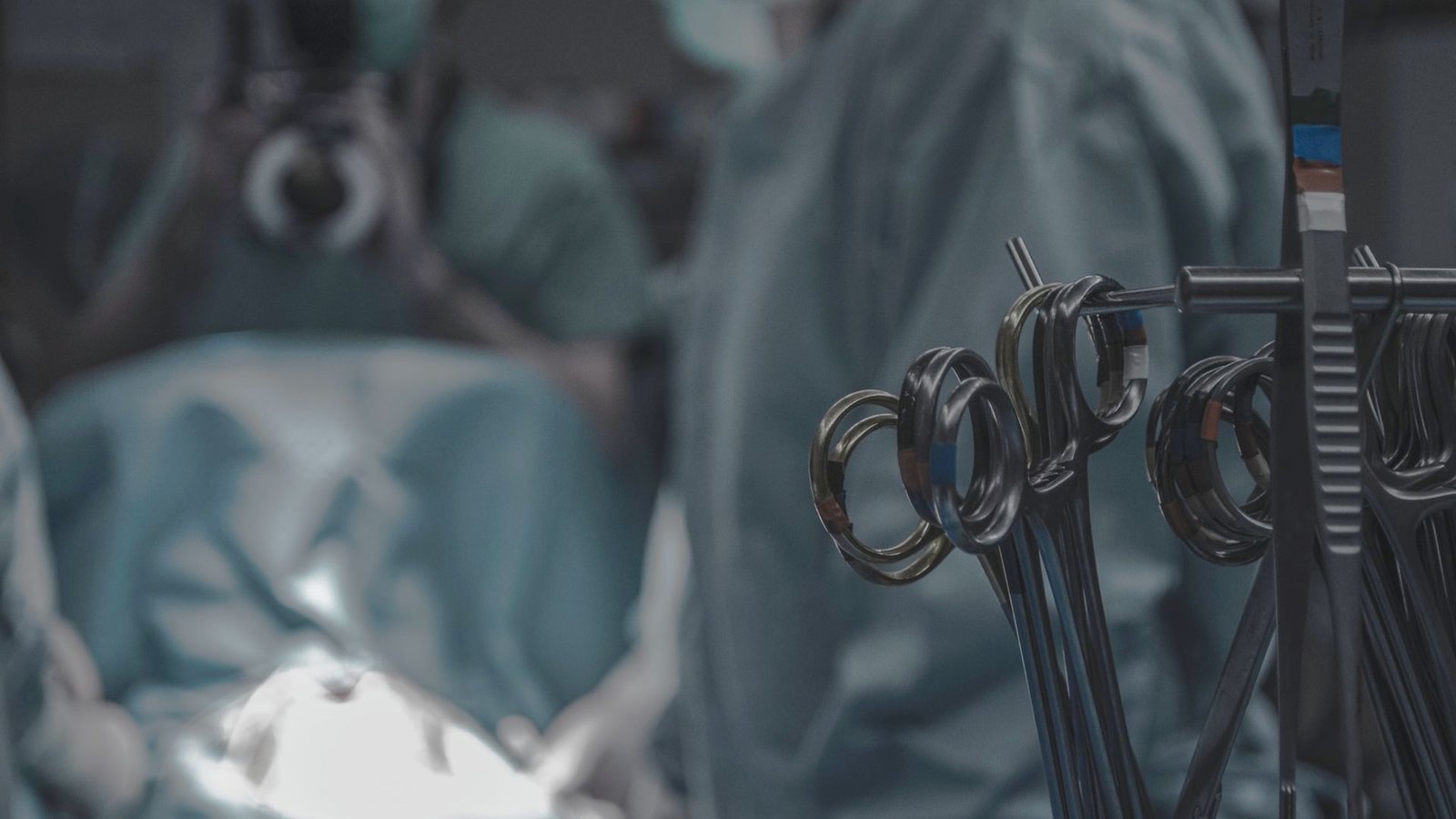
Implants are solid materials placed under the skin to fill the hollow area permanently. They restore volume that won’t disappear over time.
The procedure requires making a small incision inside the lower eyelid or along the lower lash line. The implant is carefully positioned and secured.
Limitations include higher risk of complications like shifting or infection. This method is less common today because newer techniques offer better results with fewer problems.
Lower Blepharoplasty

Lower blepharoplasty is eyelid surgery that addresses multiple issues at once. The surgeon removes excess skin and repositions or removes fat pads under the eyes.
Fat repositioning is key for treating tear troughs. Instead of removing fat, the surgeon moves it down to fill the hollow. This smooths the transition between your eyelid and cheek.
The procedure typically takes one to two hours under local anesthesia with sedation or general anesthesia. Incisions are made inside the eyelid or just below the lash line.
Recovery takes about two weeks for most visible healing. Bruising and swelling are normal during this time. Full results appear after several months once all swelling resolves.
Risks include scarring, asymmetry, dry eyes, or changes in eyelid position. Choosing an experienced surgeon reduces these risks significantly.
Long-lasting results are the main benefit. Most people enjoy permanent improvement that ages naturally with their face.
Advantages and Disadvantages of Surgical Methods
|
Advantages |
Disadvantages |
|
Permanent correction that lasts for years |
Higher upfront cost compared to fillers |
|
Addresses multiple concerns in one procedure |
Longer recovery period required |
|
More dramatic results for severe cases |
Surgical risks like infection or scarring |
|
No need for repeated treatments |
Results cannot be easily reversed |
Filler vs Blepharoplasty: Which Is Right for You?
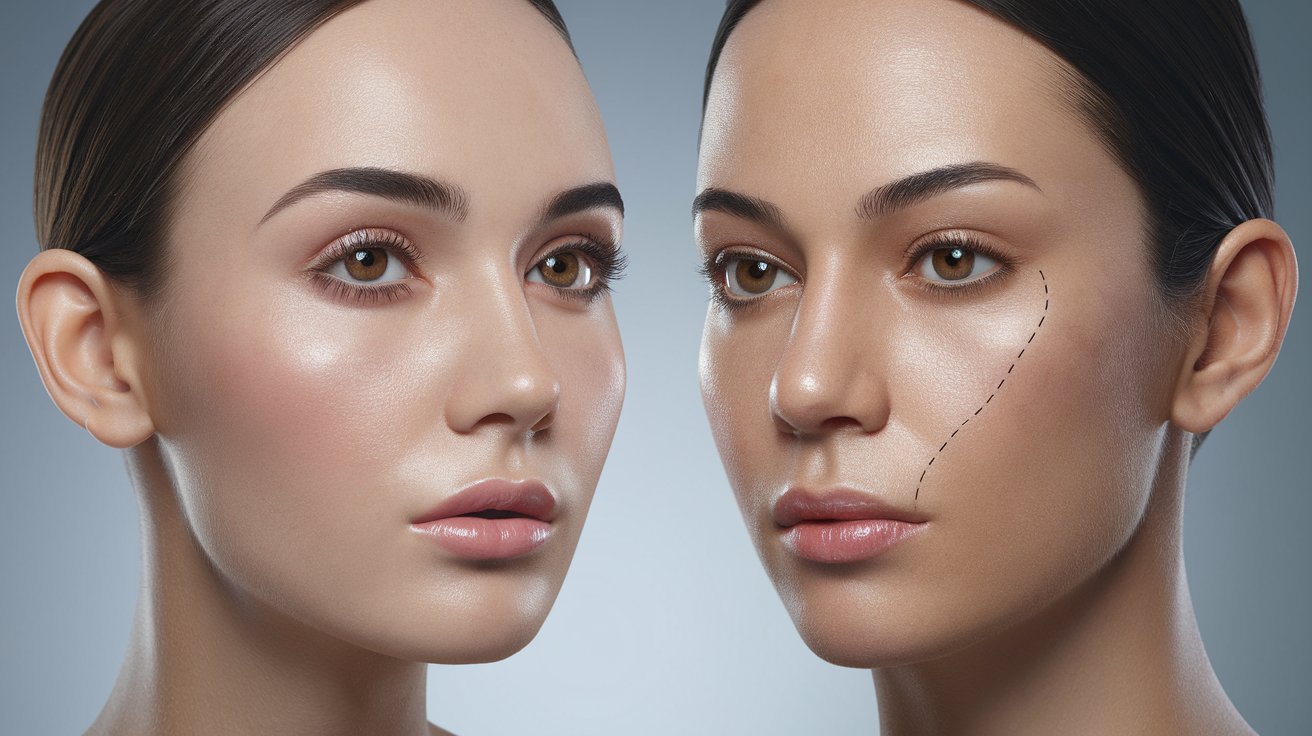
Choosing between fillers and surgery depends on several personal factors.
Temporary vs permanent results: Fillers give you flexibility to adjust your look over time. Surgery provides a one-time fix that lasts.
Downtime: Fillers require minimal recovery. Surgery needs about two weeks away from normal activities.
Cost: Fillers cost less initially but add up over years. Surgery has a higher upfront price but no repeat expenses.
Severity: Mild to moderate tear troughs respond well to fillers. Deep hollows or excess skin need surgical correction.
Lifestyle: If you want quick fixes with no commitment, fillers work better. If you prefer a permanent solution and can plan recovery time, consider surgery.
Age and skin quality: Younger patients with good skin often do well with fillers. Older patients with loose skin benefit more from blepharoplasty.
How to Prepare for Tear Trough Treatments
Proper preparation ensures the best possible outcome and reduces complications.
- Schedule a consultation with a board-certified plastic surgeon or dermatologist who specializes in facial treatments. They will examine your tear troughs and recommend the most suitable option for your needs.
- Share your complete medical history including any conditions, allergies, medications, past cosmetic procedures, eye problems, or skin conditions. Blood thinners and certain supplements may need to be stopped before treatment.
- Avoid alcohol and smoking for at least a week before your procedure. These substances affect healing and increase your risk of bruising and complications.
- Follow post-treatment care instructions carefully after your procedure. Apply ice packs to reduce swelling, sleep with your head elevated for the first few nights, and avoid strenuous exercise for a few days.
- Attend follow-up appointments so your doctor can check your progress, monitor healing, and address any concerns that arise during recovery.
Conclusion
I would stare into the mirror thinking, ‘I wish this was gone’. I needed a minute to decide my best tear through treatment. I feel changed when morning arrives. You deserve that same confidence.
If you are ready to start, let’s consult with a specialist and ask any question you have for them. What matters is that you find how to get rid of tear troughs. The way you choose should work for *you* the best.
We want to know what holds you back! Leave us a comment. You can also check out our other articles on feeling fresh and confident.
Frequently Asked Questions
How long do tear trough fillers last?
Most fillers last 6 to 18 months depending on the product and your metabolism. You’ll need regular maintenance treatments to keep consistent results.
Is tear trough filler treatment painful?
The procedure involves minimal discomfort with numbing cream or local anesthesia. You might feel slight pressure but most patients tolerate it well.
Can tear troughs come back after blepharoplasty?
Blepharoplasty provides long-lasting results but cannot stop natural aging. Tear troughs may gradually reappear over many years as facial volume decreases.
Who is not a good candidate for tear trough fillers?
People with very thin skin, certain medical conditions, or unrealistic expectations may not be suitable. A consultation helps determine if fillers are right for you.
How much does tear trough treatment typically cost?
Fillers range from 500 to 1500 dollars per session. Surgical options like blepharoplasty typically cost between 3000 to 7000 dollars.

